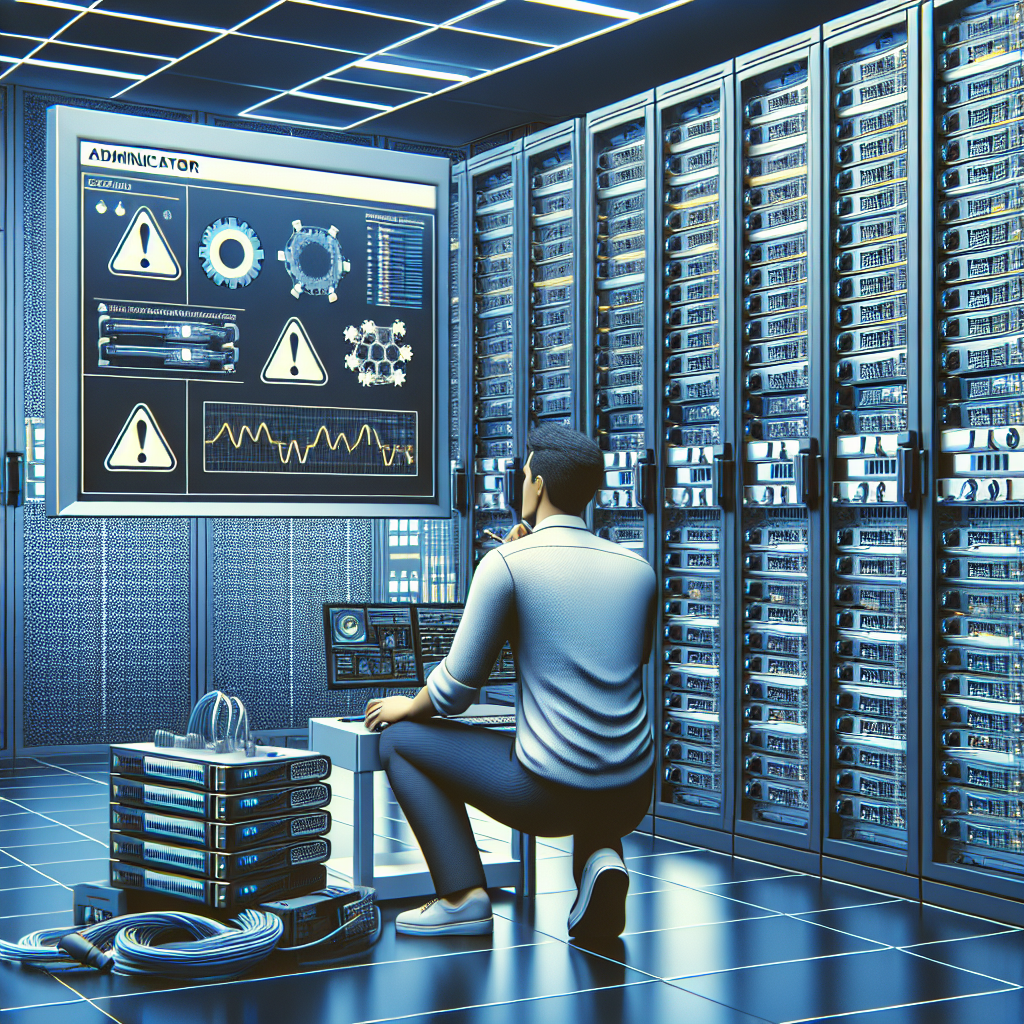Your cart is currently empty!
Top Data Center Troubleshooting Strategies Every Administrator Should Know

Data centers are the backbone of many organizations, providing the infrastructure necessary for storing, processing, and managing data. However, like any complex system, data centers can experience issues that may disrupt operations and impact the overall performance of the organization. As a data center administrator, it is crucial to have a solid understanding of troubleshooting strategies to quickly identify and resolve any problems that may arise. Here are some top data center troubleshooting strategies every administrator should know:
1. Monitor System Performance: Monitoring system performance is essential for detecting any abnormalities or performance issues in the data center. Utilize monitoring tools to track key metrics such as CPU usage, memory usage, network traffic, and disk space. By regularly monitoring system performance, administrators can identify potential issues before they escalate into major problems.
2. Conduct Regular Audits: Regular audits of the data center infrastructure can help identify any hardware or software issues that may be affecting performance. Check for any outdated or malfunctioning equipment, as well as software updates that may be needed. By conducting regular audits, administrators can proactively address any potential issues before they impact operations.
3. Implement Redundancy: Redundancy is a key component of data center design that helps ensure high availability and reliability. Implementing redundant components such as power supplies, network switches, and storage arrays can help prevent downtime in the event of a hardware failure. By having redundant systems in place, administrators can minimize the impact of any hardware failures on data center operations.
4. Establish Disaster Recovery Plans: Disaster recovery plans are essential for mitigating the impact of unexpected events such as natural disasters, cyber attacks, or hardware failures. Develop comprehensive disaster recovery plans that outline procedures for backing up data, restoring systems, and resuming operations in the event of a disaster. Regularly test and update these plans to ensure they are effective in the event of an emergency.
5. Troubleshoot Network Connectivity Issues: Network connectivity issues can significantly impact data center operations, causing slowdowns or outages. When troubleshooting network connectivity issues, start by checking network cables, switches, and routers for any physical damage or misconfigurations. Utilize network monitoring tools to identify any bottlenecks or performance issues that may be affecting network connectivity.
6. Utilize Remote Monitoring and Management Tools: Remote monitoring and management tools can help administrators monitor and manage data center infrastructure from anywhere, providing real-time visibility into system performance and alerts for potential issues. These tools enable administrators to quickly respond to incidents and perform troubleshooting tasks remotely, reducing downtime and improving operational efficiency.
7. Collaborate with Vendors and Support Teams: In some cases, troubleshooting data center issues may require assistance from vendors or support teams. Establish relationships with vendors and support teams to quickly escalate and resolve issues that are beyond the scope of internal resources. Collaborating with external partners can help expedite the troubleshooting process and minimize the impact on data center operations.
In conclusion, data center troubleshooting is a critical skill for administrators to ensure the high availability and reliability of data center operations. By implementing these top data center troubleshooting strategies, administrators can quickly identify and resolve issues, minimize downtime, and maintain optimal performance of the data center infrastructure. Stay proactive, monitor system performance, conduct regular audits, implement redundancy, establish disaster recovery plans, troubleshoot network connectivity issues, utilize remote monitoring and management tools, and collaborate with vendors and support teams to effectively troubleshoot data center issues.

Leave a Reply